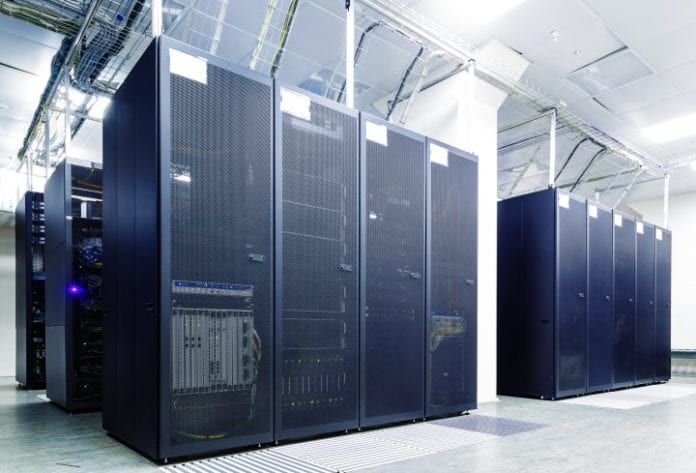The CG-OR-19 specification is said to slash Verizon data center deployments from months to days, with benefit of simplified maintenance.
SANTA CLARA, California – Data center deployment and maintenance simplicity led telecommunications giant Verizon Communications to back a recently established rack standard taking advantage of the Open Compute Project ecosystem.
The Carrier Grade-OpenRack-19 specification is based on the broader OpenRack-19 specification, but with a greater emphasis placed on the data center needs of telecommunication operators. The standard, which was accepted late last year by OCP, is designed to work with the telecommunication industry’s transformation of traditional central offices to virtualized data centers. Some of the specific CG-OR-19 requirements include physical, content and workload management, and networking interconnect.
As described by Damascene Joachimpillai, who is responsible for network and security architecture at Verizon labs, CG-OR-19 allows for a minimal touch environment that should help reduce system outages caused by human interference.
“The best thing to do is create a minimal touch environment so people maintaining the center only need to pull a sled and push a sled,” Joachimpillai explained, during an engineering workshop at this week’s Open Compute Project U.S. Summit. “If something is wrong, they just replace the sled and send the bad sled back to get fixed.”
Joachimpillai said the carrier had done extensive work with vendor partner Radisys on developing the physical characteristics of the OCP-powered sleds so as to minimize exterior cabling interfaces and make them easier to install than what is called for in the non-CG specification. While commercial deployments of CG-OCP-19 sleds are still in its early days, Joachimpillai noted Verizon was so far pleased with the results.
“We had very little failure rates post installation,” Joachimpillai said, adding it takes about two to three days to install 30 frames and bring them up to speed compared with two months for the same number of frames using previous generation technology.
“This gives us a way to not build too much ahead of time and build as we go,” Joachimpillai added.
Verizon currently is using the platform in its data centers, with plans to move ahead with additional deployments in those locations. Joachimpillai claimed the biggest challenge moving forward is coming from getting testing and workloads done on the new deployments.
Bored? Why not follow me on Twitter.

